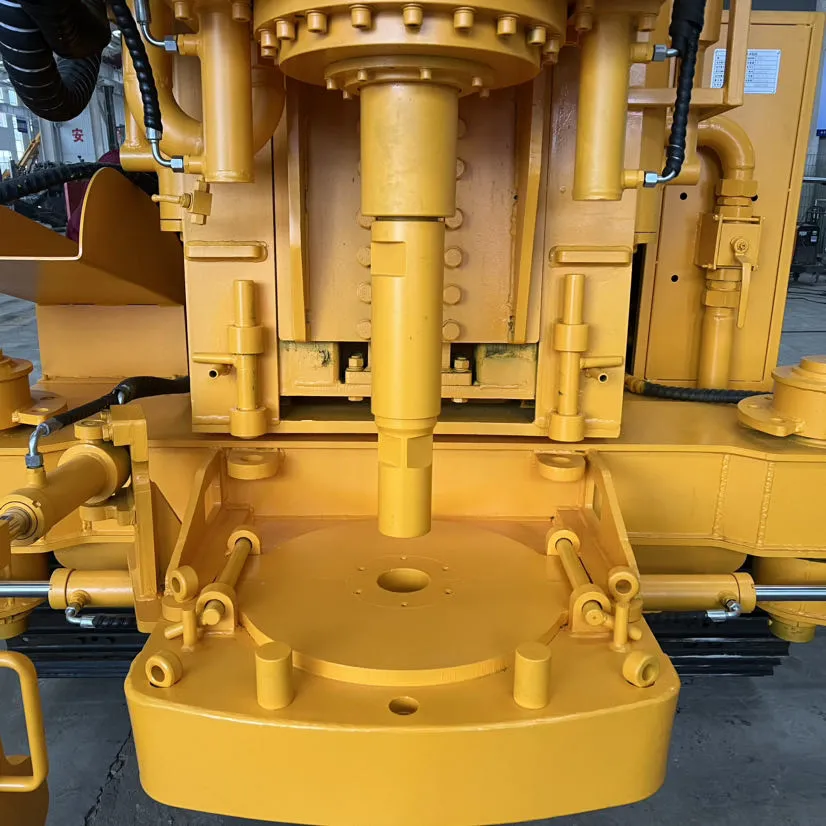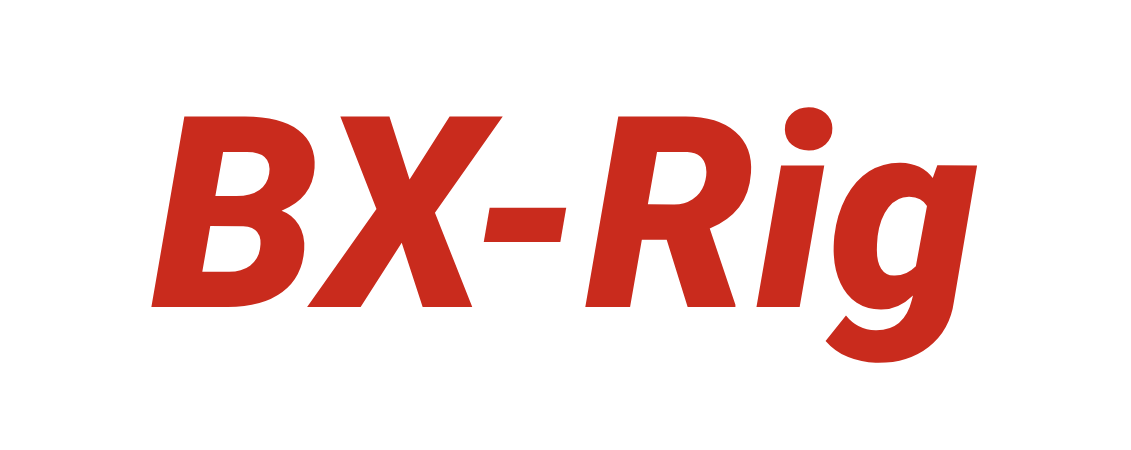The influence of drilling parameters on drill bit wear and maintenance
In drilling operations, improper setting of drilling parameters is a common cause of frequent bit wear. Excessive weight on bit (WOB) overloads the bit, causing excessive wear when contacting the formation. Too high rotation speed generates much heat, degrading the alloy material of the bit and accelerating wear. Moreover, poor control of tripping cycles—continuous drilling without timely tripping for cuttings removal—makes cuttings grind the bit repeatedly in the hole, also causing severe wear.

To solve these issues, first calculate and set appropriate WOB precisely. Determine the WOB range via professional formulas or empirical data based on formation hardness and bit type, ensuring the bit cuts the formation effectively without damage from excessive pressure. Controlling rotation speed is also key: match different formation hardnesses with corresponding speeds—lower for hard formations, slightly higher for soft ones. 同时, operate strictly according to the specified tripping cycle, usually tripping to remove cuttings every 2-3 meters of drilling to keep the hole clean.
For maintenance, inspect the bit’s wear before and after each operation, judging if parameter issues cause the wear by its characteristics. Regularly calibrate the water well drilling rig’s parameter adjustment devices to ensure setting accuracy. If abnormal wear is found, check parameter settings promptly and make corresponding adjustments. Reasonable drilling parameter setting along with daily monitoring and maintenance can significantly reduce bit wear, improving operation stability and economy.
If you feel confused about setting drilling parameters, such as specific values under different geological conditions, feel free to communicate with me.water well drilling rig water well drilling rig
 邦欣钻机
邦欣钻机